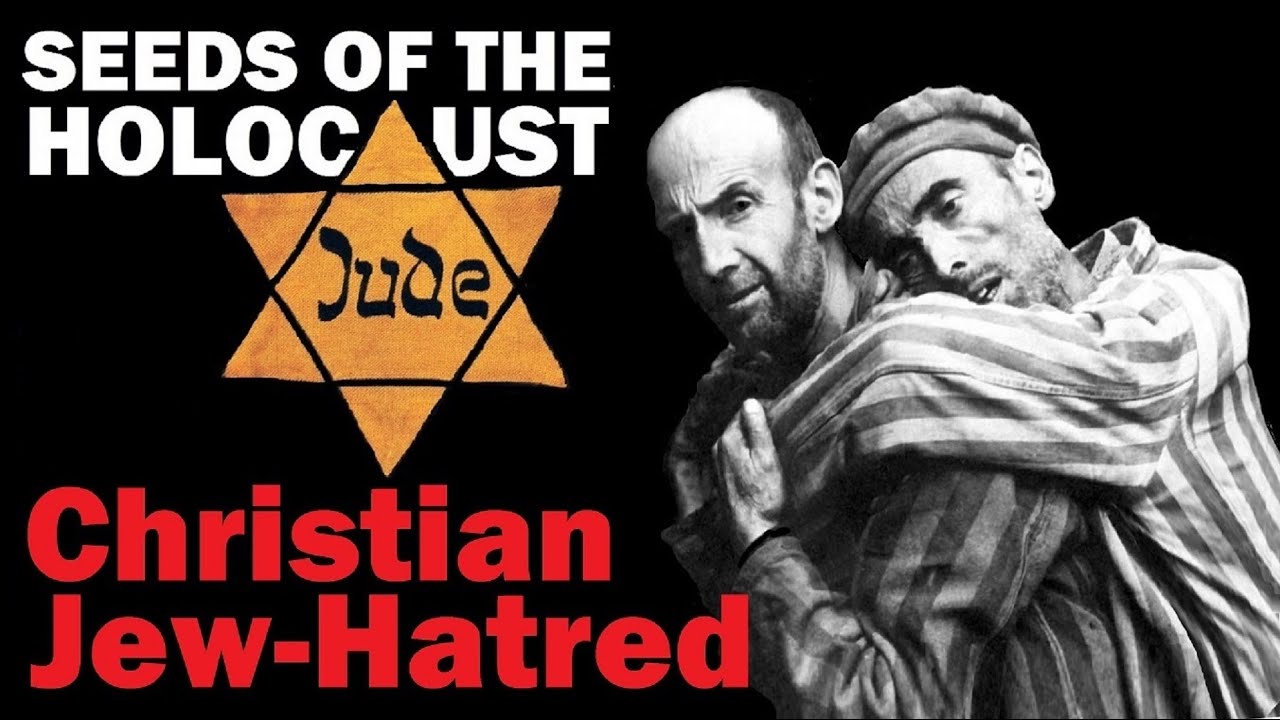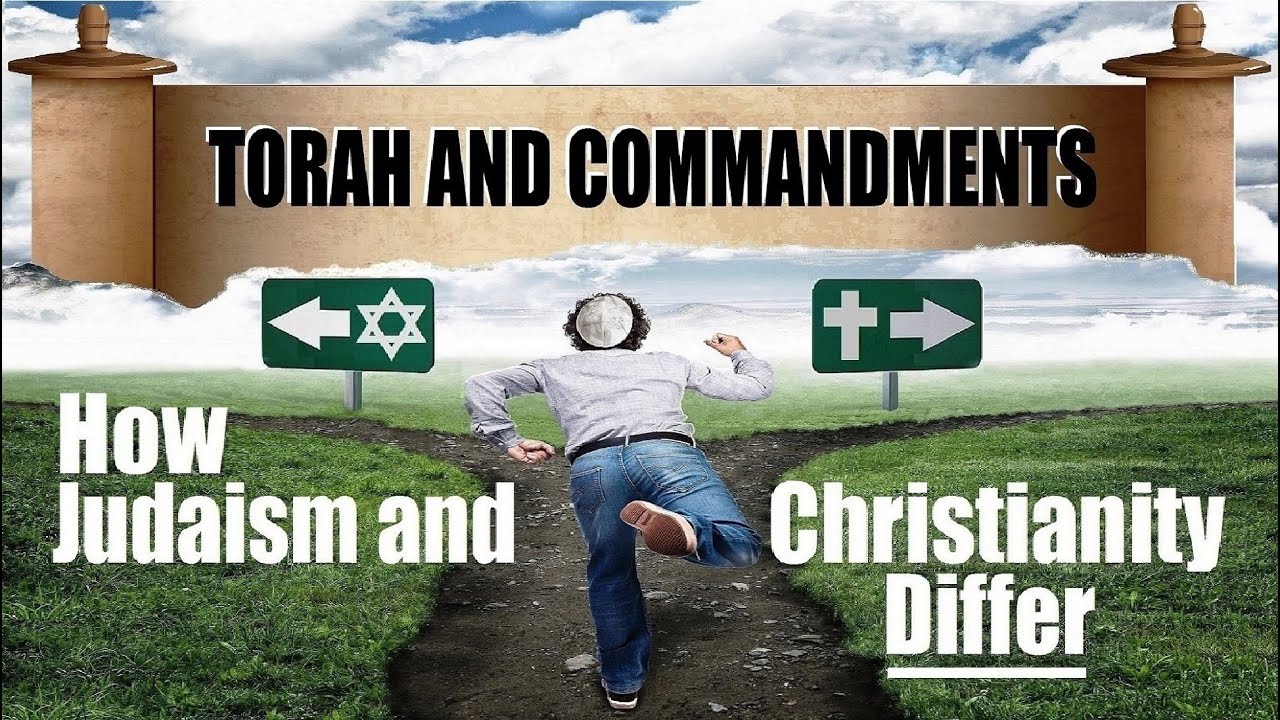In order to convince Jewish people that Jesus was supposedly the Messiah, Christian missionaries desperately sought to find Biblical prophesies he fulfilled. Rather than truly seeking to understand the meaning of the Hebrew scriptures, they used circular reasoning and assumed their conclusion before actually proving it.
Beginning with the assumption that Jesus was the Jewish Messiah, they poured through the Bible desperately trying to find any sound bite that could be connected to the life of Jesus. Invariably, this led to reading the scriptures out of context and asserting that if something sounded like Jesus (he had enemies, he was killed) – it must be a true Messianic prophesy. Of course, numerous people had enemies and were killed. Virtually all the passages they seized upon are not really, in context, about the Messiah.
However, Zechariah 9 is one of the few times they actually identified a real true prophesy about the Messiah. Their problem was in connecting it to Jesus. The passage speaks about the Messiah riding into Jerusalem on a donkey. Missionaries claim that Jesus rode into Jerusalem on a donkey and so there you have it.
Of course thousands of people 2,000 years ago came to Jerusalem on the back of a donkey – that was one of the main modes of travel. But the real problem here is that riding on a donkey is an insignificant side point of the passage in question. That detail is not unique to the Messiah. In their zeal, missionaries ignore the critical parts of this passage. The significant part of the verse speaks about the person riding as the victorious king of Israel. The passage explains that at that time peace for Israel and universal peace will be established. This is a key feature of the Messianic age, as we see in passages like Isaiah 2:4; 11:1-9 and Hosea 2:18. However, Jesus was never anointed king of Israel and never reigned for one day as Israel’s king. And he certainly did not inaugurate a utopian world of universal peace.
The Christian gospels sought to weave this passage from Zechariah into its narrative about Jesus’ entry into Jerusalem. But the gospel of Matthew clearly misunderstood the actual Hebrew and assumed that the king in Zechariah was riding clumsily on two animals simultaneously. In trying to show how Jesus fulfilled this prophesy, Matthew constructs an absurd scene with Jesus mounting two animals at the same time and riding them into Jerusalem. Zechariah was employing the common Biblical device of parallelism and had no such awkward scenario in mind. Other gospel writers understood this, but Matthew was clearly out of the loop



